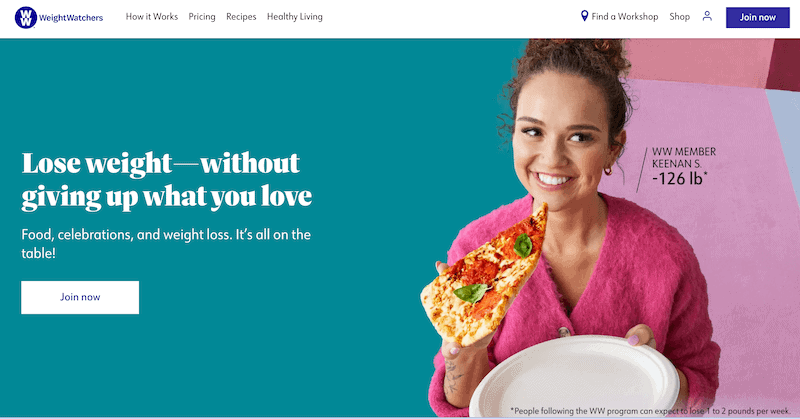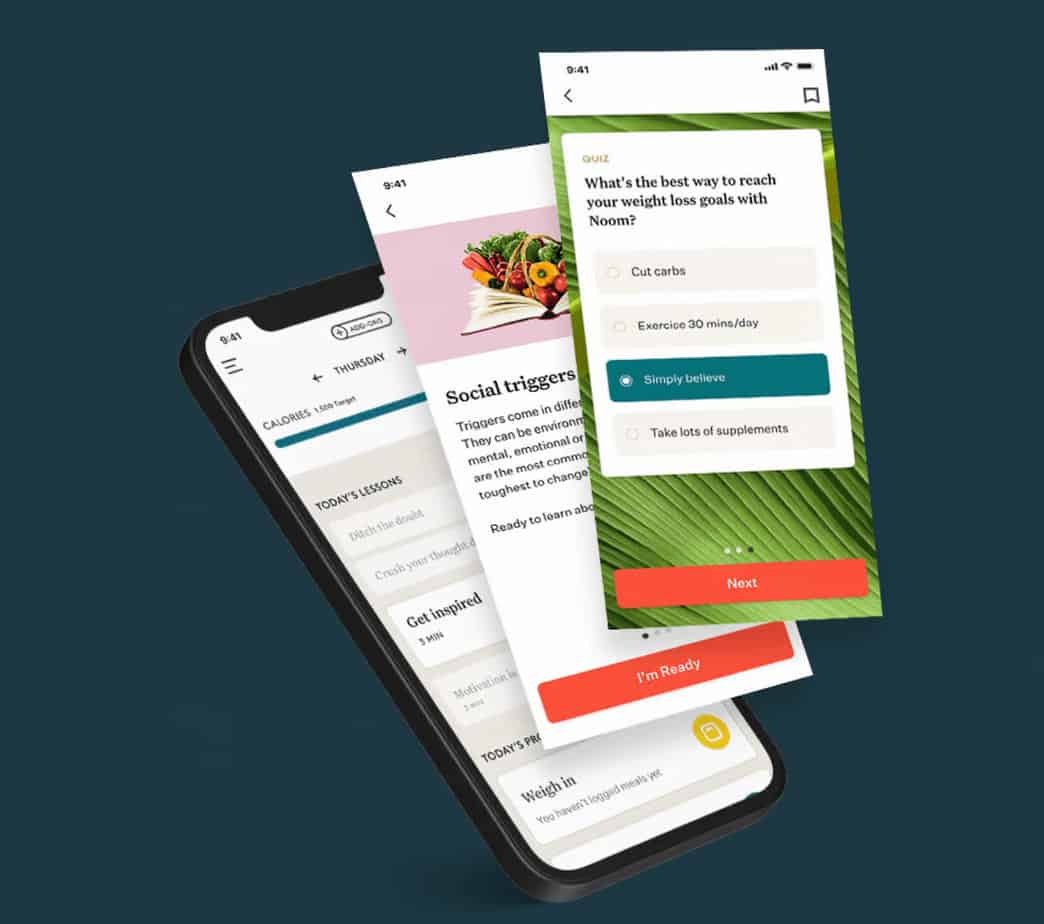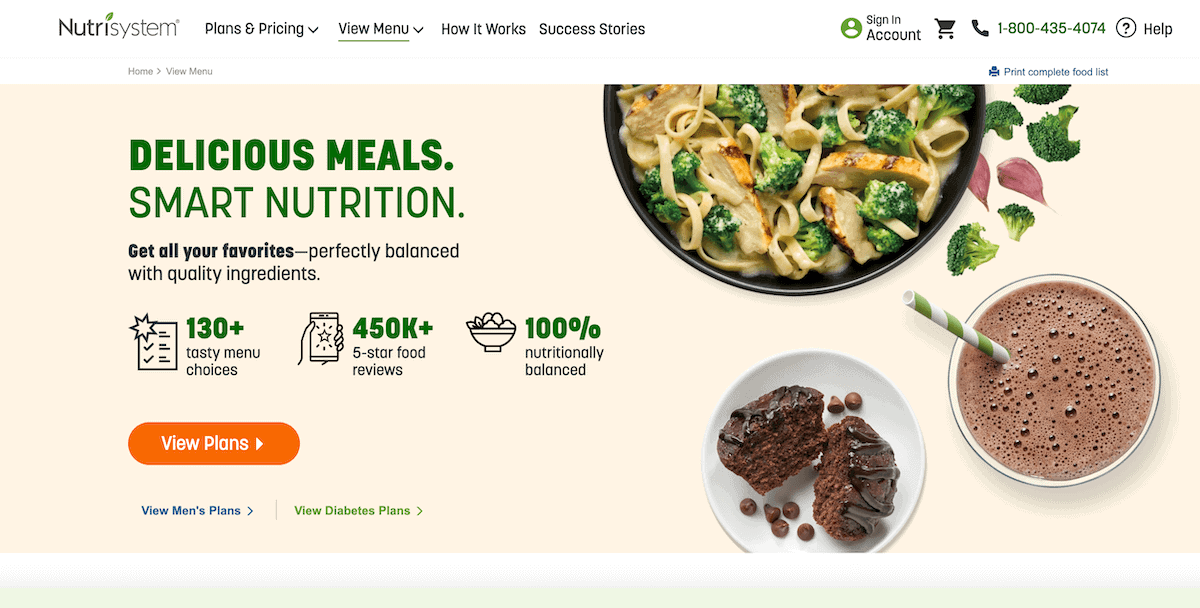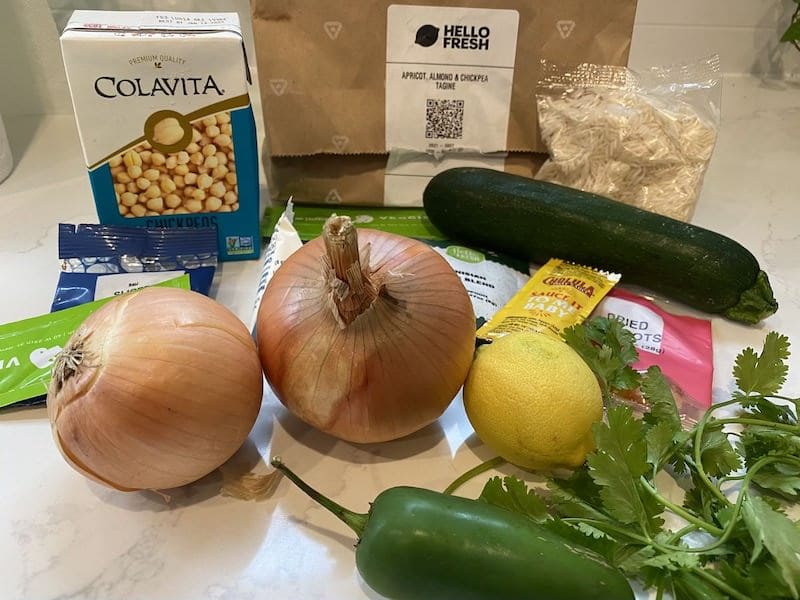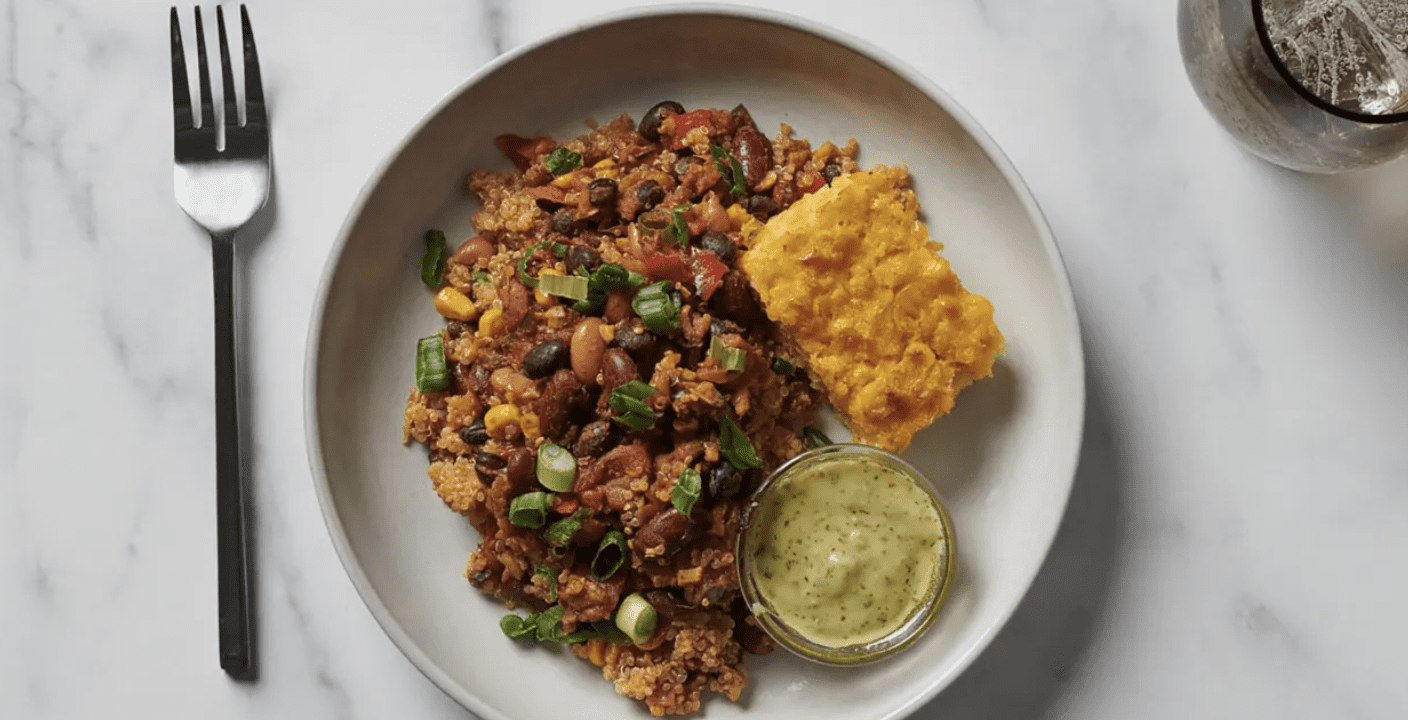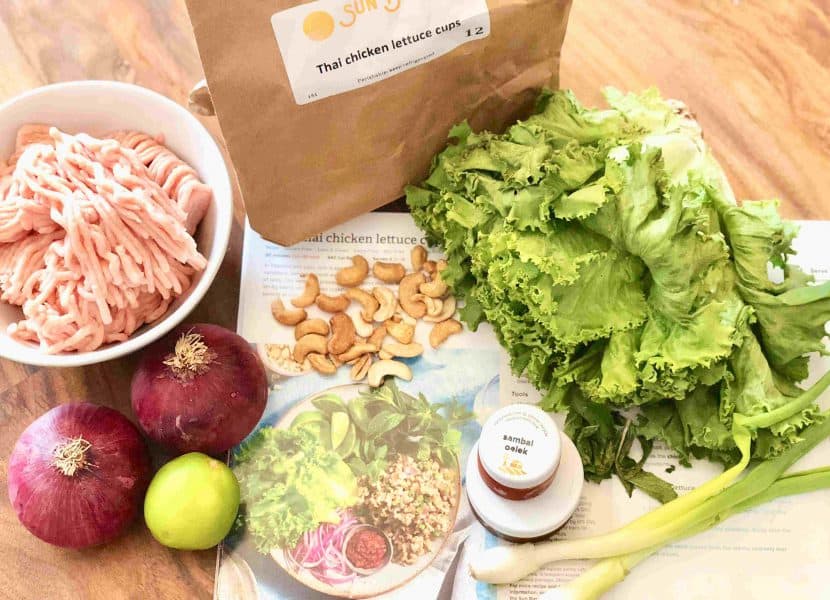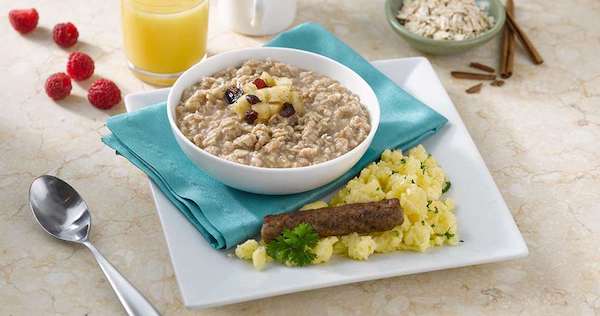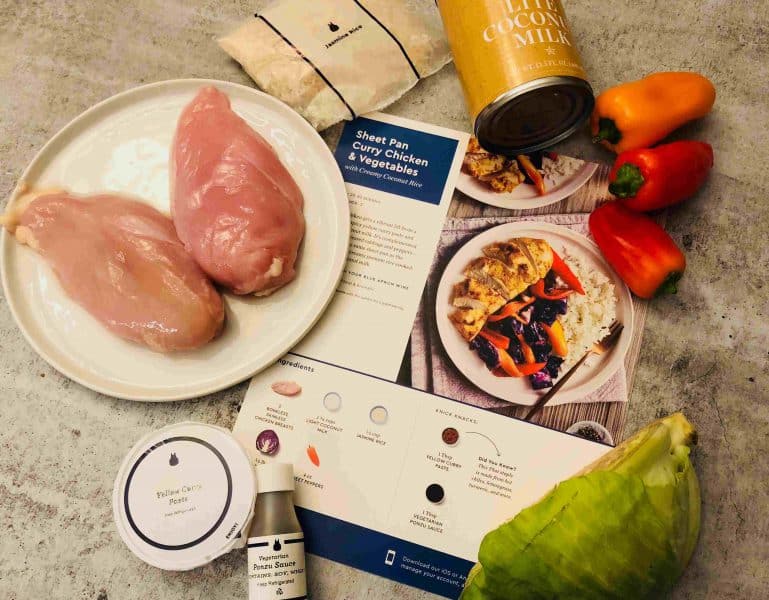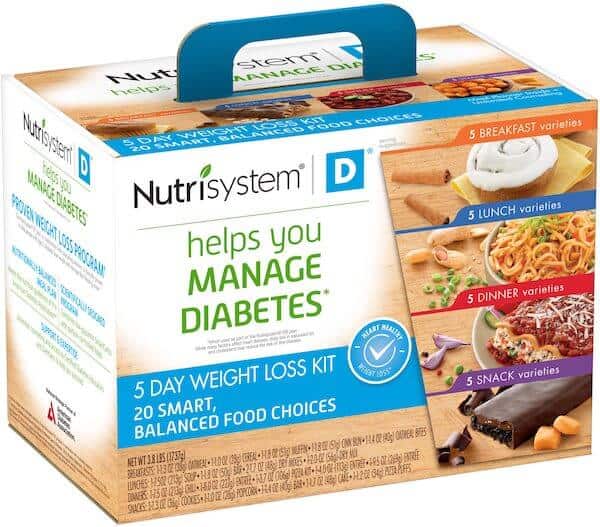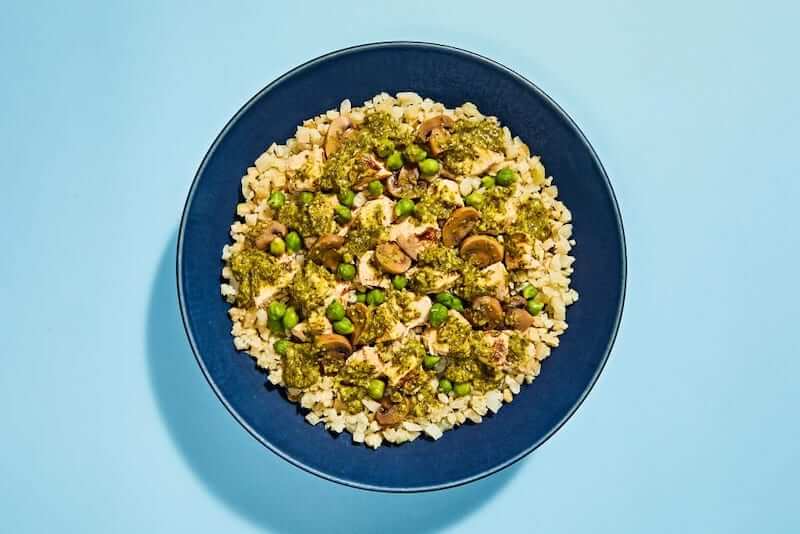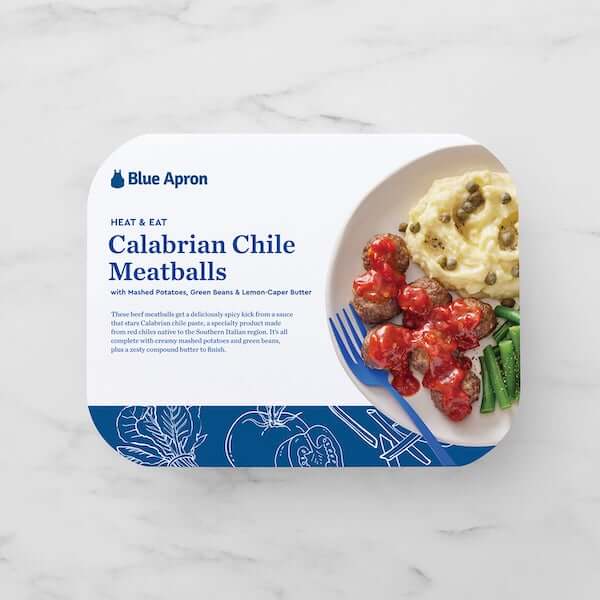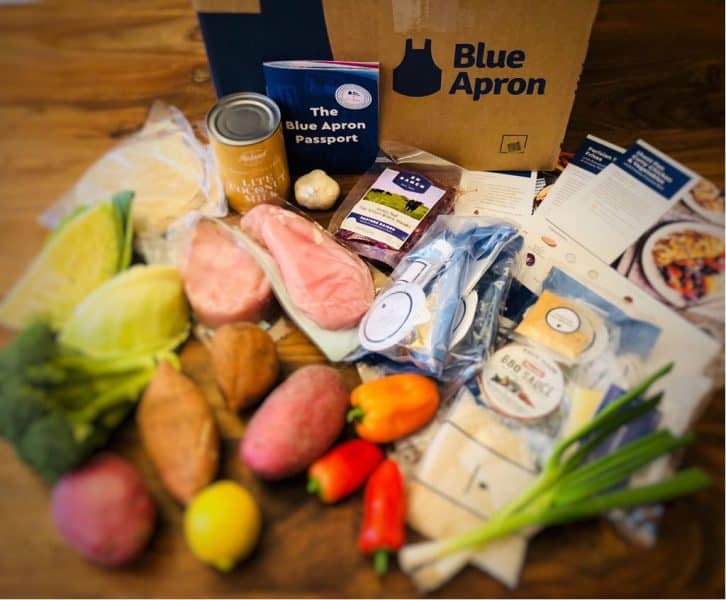Diabetes is a metabolic disease that affects millions of people all over the world. If you are one of the many people who suffer from diabetes, you know how important it is to maintain a healthy diet.
A diabetes-friendly diet helps keep blood sugar levels under control and minimizes the risk of complications.
In this blog post, we will discuss the benefits of a diabetes-friendly diet and how to maintain it!
What Is Diabetes-Friendly Diet?
As someone who has been diagnosed with diabetes, you may be wondering what kind of diet you should be following. While there is no one-size-fits-all answer to this question, there are some general guidelines that can help you create a diabetes-friendly diet.
One of the most important things to keep in mind when creating a diabetes-friendly diet is to focus on eating whole, unprocessed foods.
This means choosing foods like fresh fruits and vegetables, lean protein sources, and whole grains over processed foods that are high in sugar and unhealthy fats.
Another important thing to remember is to control portion sizes. While you don’t need to eliminate carbohydrates from your diet, it’s important to be aware of how many carbs you’re eating at each meal.
A good rule of thumb is to fill half of your plate with non-starchy vegetables, one quarter with lean protein, and one quarter with whole grains or starchy vegetables.
And finally, don’t forget to stay hydrated! Drinking plenty of water throughout the day is crucial for people with diabetes, as dehydration can lead to high blood sugar levels.
Benefits Of Diabetes-Friendly Diet
A diabetes-friendly diet can help you control your blood sugar levels and improve your overall health. Here are some of the benefits of following a diabetes-friendly diet:
Help You Lose Weight.
One big benefit of a diabetes-friendly diet is that it can help you lose weight. If you are overweight or obese, losing even a small amount of weight can make a big difference in your blood sugar levels and overall health. A diabetes-friendly diet typically includes foods that are high in fiber and low in calories, fat, and sugar.
Reduce Your Risk of Heart Disease.
Heart disease is a major complication of diabetes, and a healthy diet can help reduce your risk.
A diabetes-friendly diet includes foods that are good for your heart, such as those that are high in fiber and low in saturated fat, trans fat, and sodium.
Eating plenty of fruits, vegetables, and whole grains can also help lower your risk of heart disease.
Lower Your Cholesterol Levels.
A diabetes-friendly diet is that it can help lower your cholesterol levels. Cholesterol is a type of fat that can build up in your arteries and lead to heart disease.
By eating foods that are low in saturated and trans fats, you can help reduce your cholesterol levels.
This is because a diet that is high in fiber and low in saturated fat can help reduce your LDL (bad) cholesterol levels and improve your HDL (good) cholesterol levels.

Reduce Your Blood Pressure Levels.
If you suffer from diabetes, one of the best things that you can do for your health is to follow a diabetes-friendly diet.
This type of diet can help to control your blood sugar levels and also help to reduce your blood pressure levels. By following a diabetes-friendly diet, you will be able to improve your overall health and well-being.
Some of the foods that you should include in your diabetes-friendly diet include fruits, vegetables, whole grains, and lean protein sources. You should also make sure to limit your intake of saturated fat, trans fat, and cholesterol.
Improve Blood Sugar Control
When you have diabetes, your blood sugar (glucose) levels may be consistently high.
Over time, this can damage your body and lead to complications such as heart disease, nerve damage, kidney disease, and vision problems. A healthy diet is a key part of managing diabetes and can help keep your blood sugar levels in check.
Research has shown that following a diabetes-friendly diet can help you better control your blood sugar levels. One study found that people with type II diabetes who ate a Mediterranean-style diet had improved blood sugar control and reduced their need for medication.
Disadvantages Of Diabetes-Friendly Diet
The main disadvantage of following a diabetes-friendly diet is that it can be quite restrictive. This means that you may have to give up some of your favorite foods, at least for a while.
Additionally, you’ll need to be very careful about portion sizes and make sure to include a variety of healthy foods in your meals.
While this type of diet can be difficult to follow at first, it is important to remember that it can help you control your blood sugar levels and improve your overall health.
Another disadvantage of a diabetes-friendly diet is that it can be expensive. Healthy foods, such as fruits, vegetables, and lean protein, can be more costly than processed foods. If you’re on a tight budget, you may need to get creative with your meals.
Finally, following a diabetes-friendly diet can be time-consuming. You’ll need to plan your meals and snacks and make sure you have all the necessary ingredients on hand.
See here the best diabetes-friendly meal services>>
How To Maintain Diabetes-Friendly Diet?
There are a few things to keep in mind when trying to maintain a diabetes-friendly diet.
First, it is important to eat plenty of fruits, vegetables, and whole grains. These foods are high in fiber and nutrients and can help to regulate blood sugar levels.
It is also important to limit processed foods, sugary drinks, and red meat. These foods can cause blood sugar levels to spike and can lead to other health problems.
Finally, it is important to make sure that you are getting enough exercise. Exercise helps the body better process insulin and can help to control blood sugar levels.
Sample Weekly Plan For Diabetes-Friendly Diet
Monday:
Breakfast: Omelet with vegetables and whole grain toast.
Lunch: Garden salad with grilled chicken.
Dinner: Fish tacos with avocado salsa and brown rice.
Tuesday:
Breakfast: Scrambled eggs with spinach and whole grain toast.
Lunch: Chicken and quinoa salad.
Dinner: Pork tenderloin with roasted vegetables.
Wednesday:
Breakfast: Oatmeal with berries and almond milk.
Lunch: Soup and sandwich on whole wheat bread.
Dinner: Beef stir-fry with vegetables and brown rice.
Thursday:
Breakfast: Smoothie with banana, almond milk, and chia seeds.
Lunch: Grilled chicken wrap with lettuce and tomato.
Dinner: Spaghetti squash with turkey meatballs.
Friday:
Breakfast: Whole grain pancakes with Greek yogurt and honey.
Lunch: Tuna salad on whole wheat bread.
Dinner: Chicken Parmesan with whole wheat pasta.
Saturday:
Breakfast: Frittata with vegetables.
Lunch: Leftovers.
Dinner: Pizza night! Make a pizza at home with whole wheat crust and top with your favorite healthy toppings.
Sunday:
Breakfast: Banana oat muffins.
Lunch: Chicken Caesar salad.
Dinner: Roasted salmon with roasted vegetables.
Conclusion
A diabetes-friendly diet is a healthy eating plan that helps you control your blood sugar levels. It includes foods that are low in sugar and calories and high in fiber.
If you have diabetes, it’s important to talk to your doctor or a registered dietitian before making any changes to your diet. They can help you create a plan that fits your individual needs.









